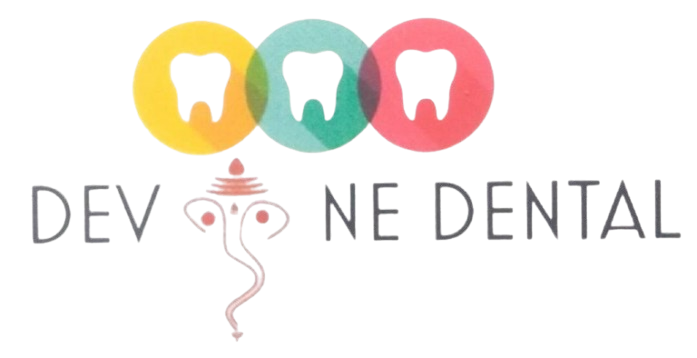Single Sitting RCT in Ghazibad
Devine Dental offers the best Single Sitting Root Canal Treatment in Ghaziabad, performed by experienced dentists using advanced technology. A root canal is needed when the pulp inside a tooth becomes infected or inflamed due to deep decay, trauma, or cracks. Traditionally done in multiple visits, single sitting RCT allows the entire procedure to be completed in one appointment, saving time and reducing discomfort for the patient.
Our skilled dentists use modern rotary instruments and digital imaging to ensure a precise and efficient procedure. The infected pulp is removed, the root canals are thoroughly cleaned, disinfected, and sealed — all in one visit. This technique minimizes the risk of reinfection and eliminates the need for multiple sessions. Single sitting RCT is a safe, convenient, and effective way to preserve your natural tooth and relieve pain quickly.
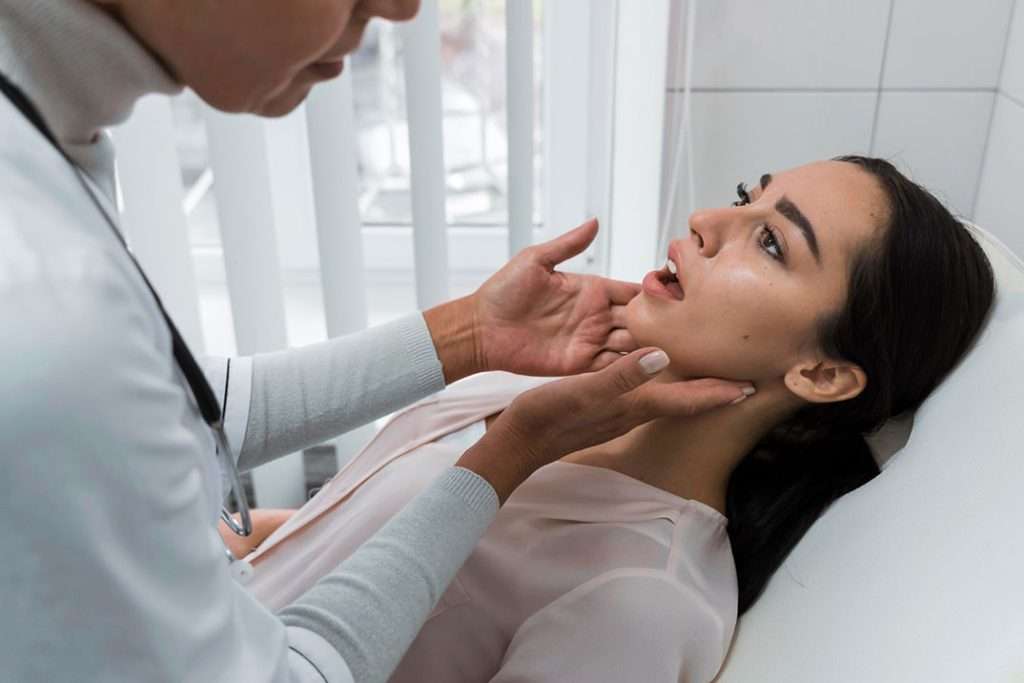
Single Sitting RCT Treatment Process
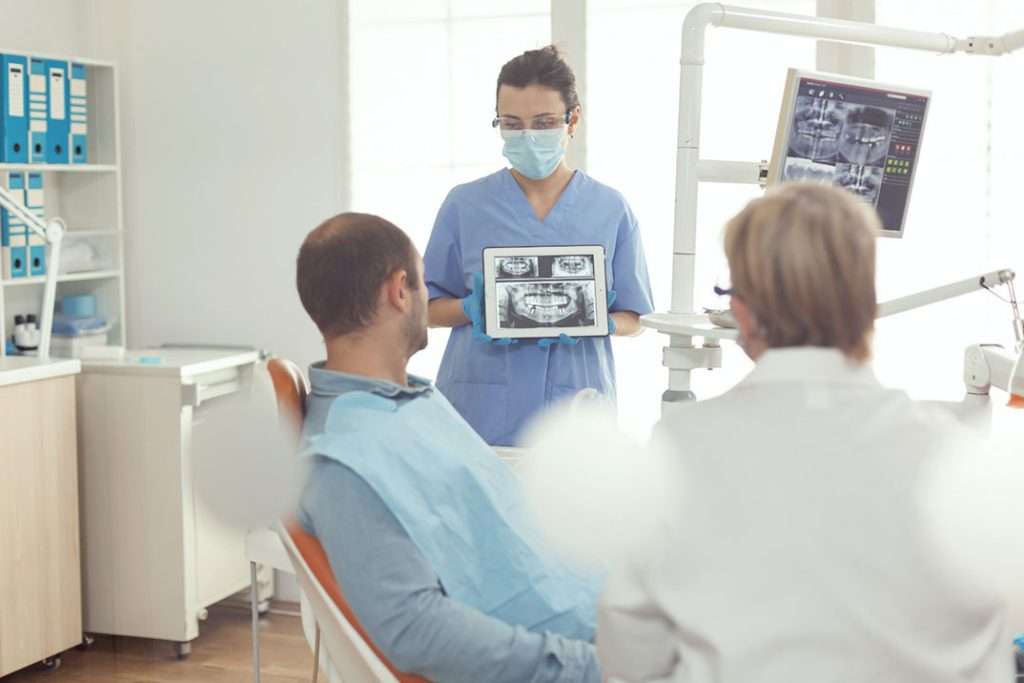
Diagnosis and Evaluation
Diagnosis and Evaluation
- Dentist Consultation: You’ll begin with a visit to a dentist or specialist who will discuss your symptoms and medical history.
- Examination: The provider will examine your jaw and may check for tenderness, clicking, or limited movement.
- Imaging: X-rays, MRI, or CT scans may be used to get detailed images of your jaw joint and surrounding structures.
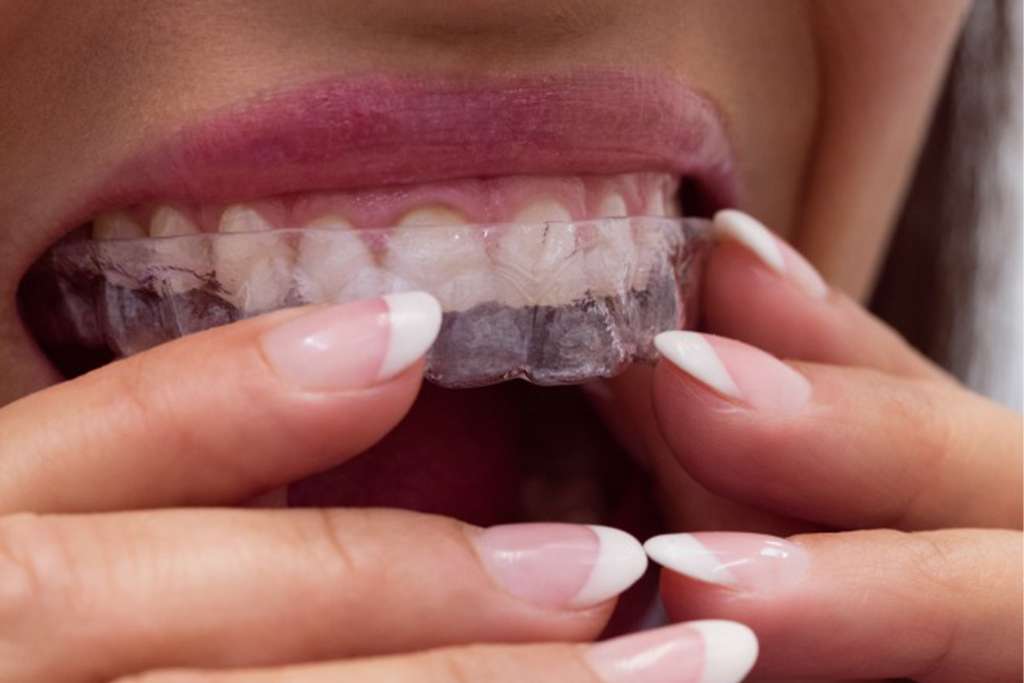
Conservative Treatments
Conservative Treatments
- Medications: Over-the-counter pain relievers or prescription medications may be used to reduce pain and inflammation.
- Dental Splints or Night Guards: Custom-made devices that fit over your teeth can help alleviate jaw clenching or grinding and reduce pressure on the Single Sitting RCT.
- Physical Therapy: Exercises and therapies may be recommended to strengthen the jaw muscles, improve range of motion, and alleviate pain.
- Stress Management: Techniques to manage stress, such as relaxation exercises or counseling, can help if stress is contributing to your symptoms.
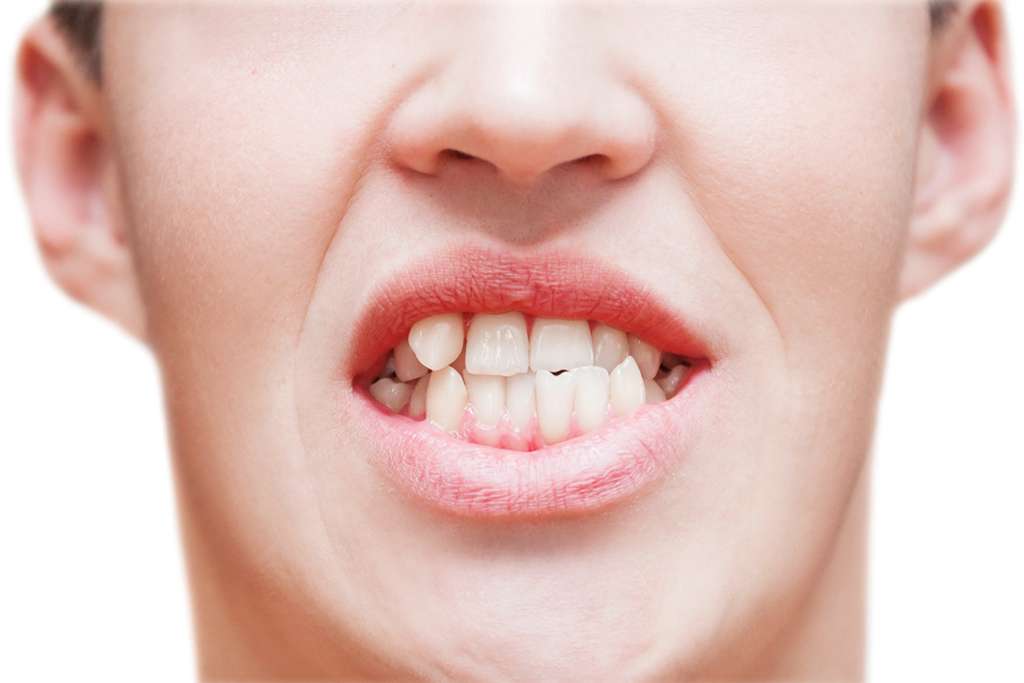
Advanced Treatments
Advanced Treatments
- Bite Adjustment: If your bite is misaligned and contributing to Single Sitting RCT disorder, dental work to adjust the bite may be necessary.
- Occlusal Adjustments: Modifications to the way your teeth fit together can help improve jaw function and reduce Single Sitting RCT symptoms.
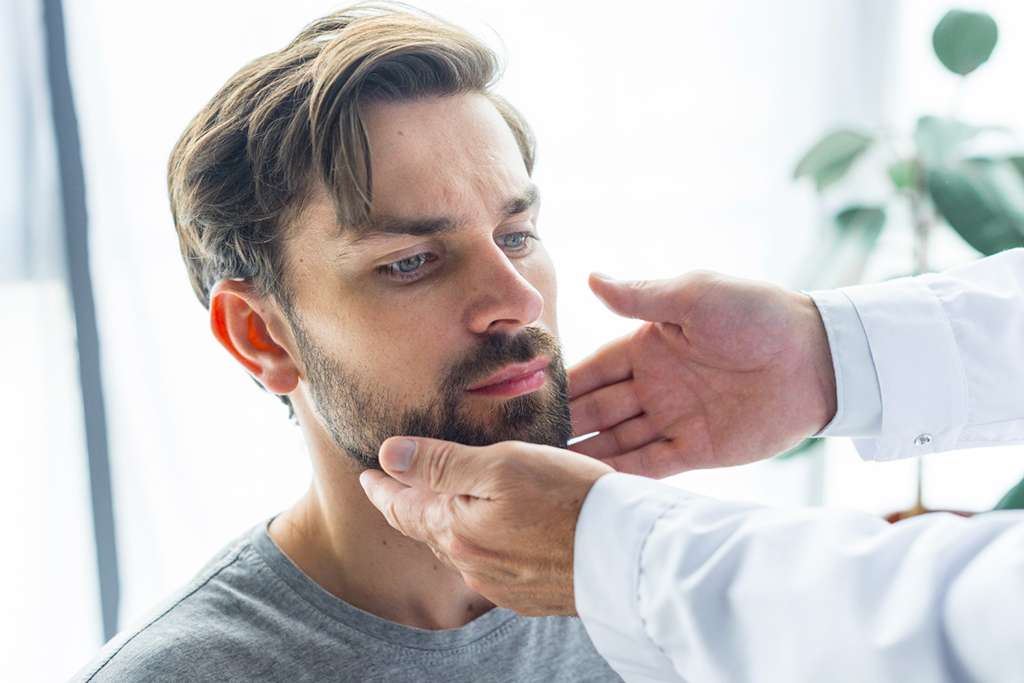
Surgical Options
Surgical Options
- Arthrocentesis: A minimally invasive procedure to remove debris or inject medication into the joint.
- Arthroscopy: A procedure that allows the surgeon to view and potentially treat problems within the joint using a small camera and instruments.
- Open Joint Surgery: In more severe cases, surgical intervention to repair or replace the Single Sitting RCT may be considered.
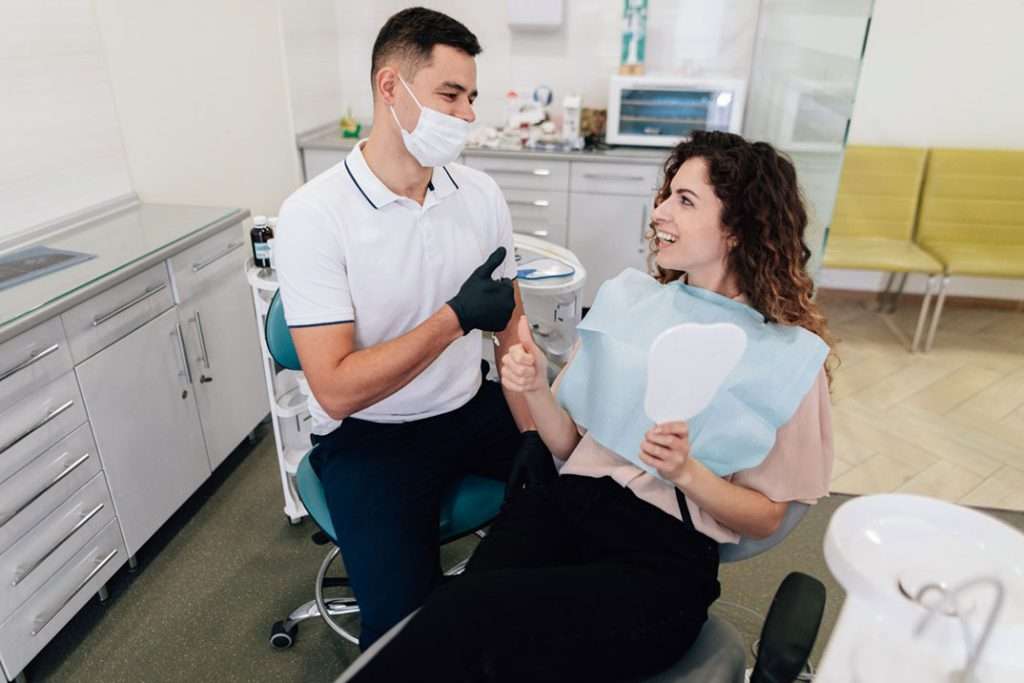
Follow-Up and Maintenance
Follow-Up and Maintenance
- Regular Check-Ups: Ongoing visits to monitor progress and make any necessary adjustments to the treatment plan.
- Continued Dental Care: Maintaining good oral hygiene and following the prescribed dental care plan to manage symptoms and prevent recurrence.
Symptoms Of Single Sitting RCT Disorder
Jaw Pain: Pain or tenderness in the jaw joint or surrounding muscles.
Clicking or Popping Sounds: Audible noises when
opening or closing the mouth.
Limited Jaw Movement: Difficulty or discomfort when
trying to open your mouth wide or move your jaw from
side to side.
Headaches: Frequent headaches or migraines that might be related to jaw tension.
Facial Pain: General discomfort or pain in the face, around the jaw, or near the temples.
Causes of Single Sitting RCT
Jaw Injury or Trauma: Physical injury to the jaw or head can damage the joint, leading to misalignment or inflammation.
Arthritis: Conditions like osteoarthritis or rheumatoid arthritis can cause inflammation in the joint, affecting its function.
Stress and Anxiety: Emotional stress can lead to muscle tension in the jaw and face, contributing to Single Sitting RCT disorders.
Teeth Grinding (Bruxism): Clenching or grinding teeth, especially during sleep, can strain the Single Sitting RCT, leading to pain and stiffness.
Jaw Misalignment: A misaligned bite or an uneven alignment of the teeth can place extra stress on the Single Sitting RCT.
Posture Issues: Poor posture, such as slouching or forward head posture, can affect jaw function and contribute to Single Sitting RCT pain
Why Choose To Treat Single Sitting RCT Disorder
Pain Relief

Effective treatment helps alleviate the pain and discomfort associated with Single Sitting RCT disorder, improving your overall quality of life. Left untreated, the pain can become chronic and interfere with daily activities such as eating and speaking.
Improved Function
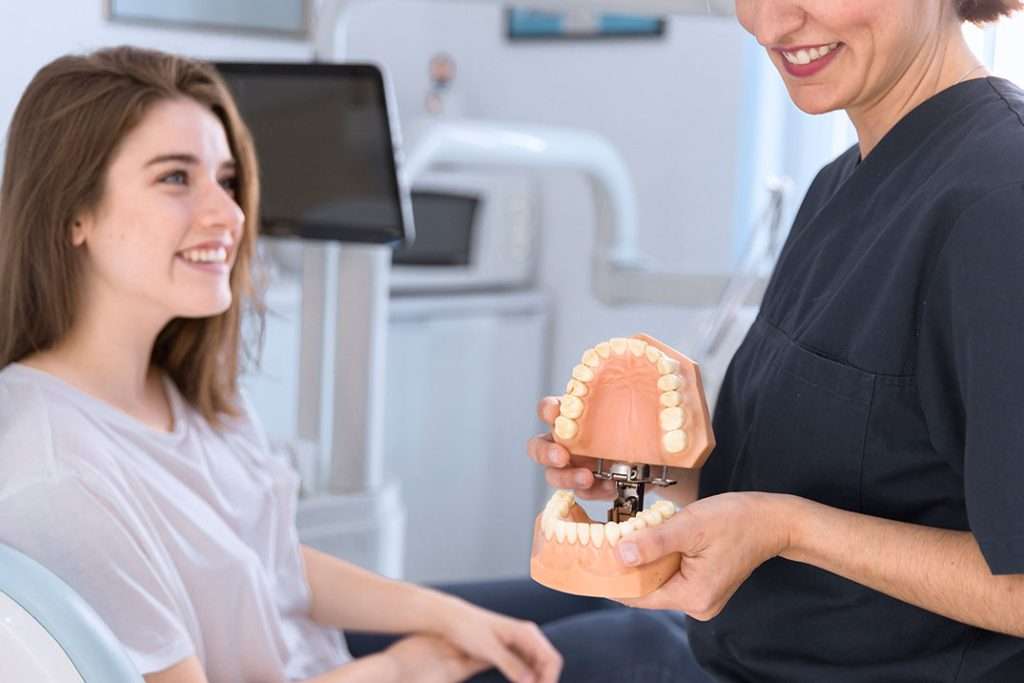
Proper treatment can restore normal jaw movement, making it easier to open and close your mouth without difficulty or discomfort. This helps with essential functions like chewing and speaking, which can be significantly impacted by Single Sitting RCT disorder.
Prevention of Further Damage
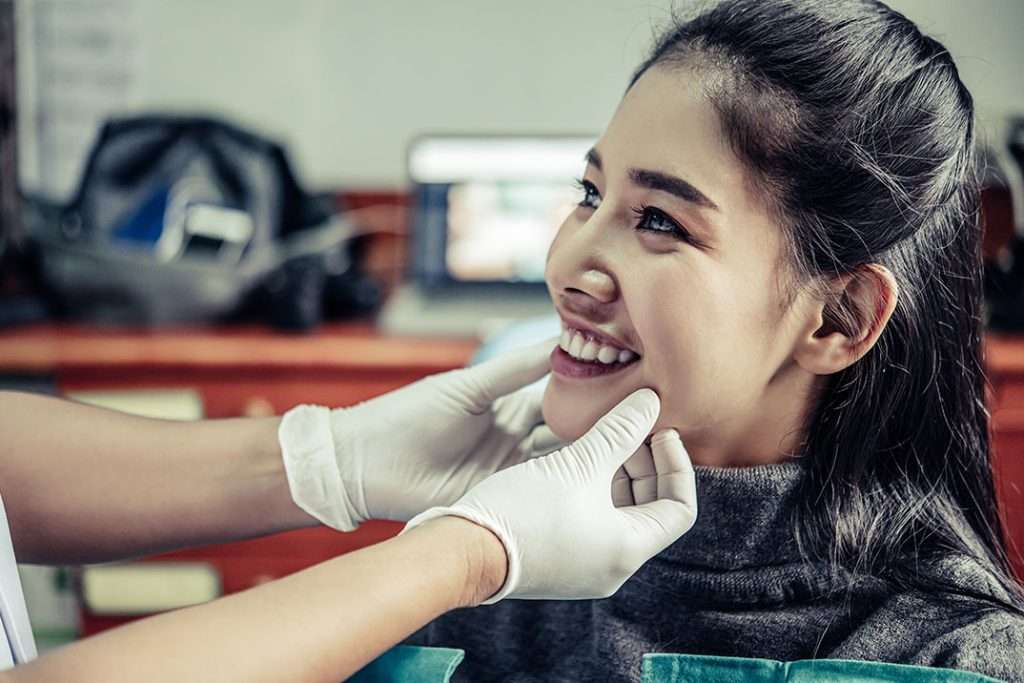
Treating Single Sitting RCT disorder early can prevent the condition from worsening and causing additional problems, such as damage to the teeth or jaw joints. It can also reduce the risk of related issues like headaches or neck pain.
Enhanced Quality of Life
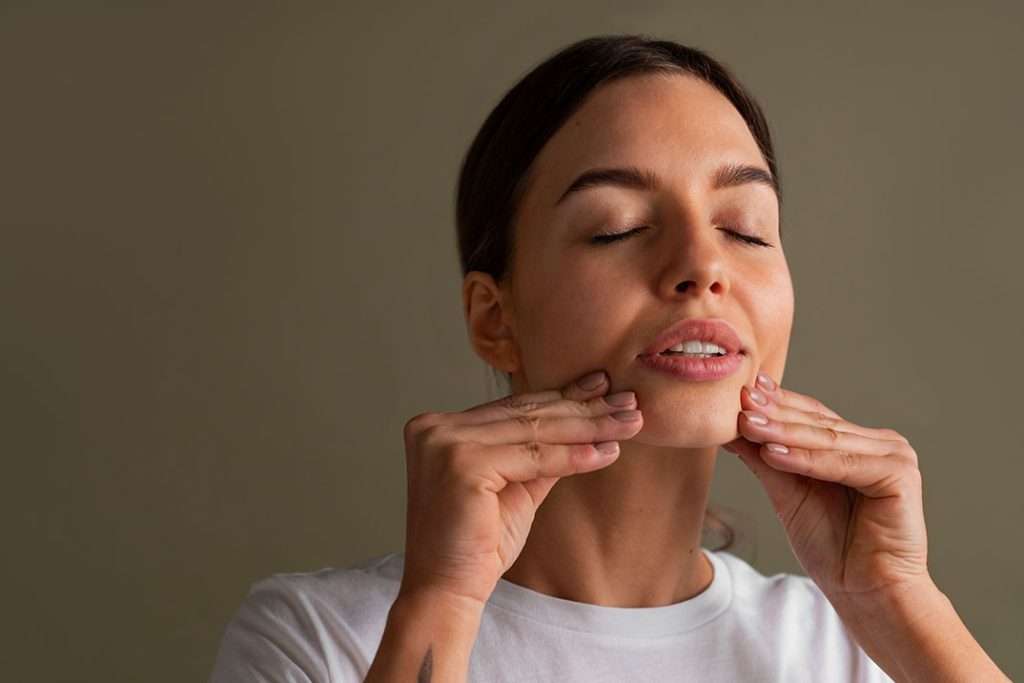
By managing symptoms and improving jaw function, treatment can lead to a more comfortable and fulfilling daily life. Addressing Single Sitting RCT disorder helps you enjoy activities without being hindered by pain or jaw dysfunction.
Frequently Asked Questions
Single sitting root canal treatment is an advanced dental procedure where the entire root canal therapy is completed in just one appointment, rather than the traditional 2-3 visits. This is made possible through modern techniques and equipment that allow for efficient cleaning, shaping, and filling of the root canals in a single session.
No, single sitting RCT is performed under local anesthesia, making the procedure virtually painless. Modern techniques and equipment ensure minimal discomfort during and after the treatment. Any post-procedure sensitivity typically subsides within a day or two.
A single sitting RCT typically takes about 60-90 minutes, depending on the complexity of the tooth's root canal system. Molars generally take longer than front teeth due to having more roots and canals.
Yes, when performed by an experienced endodontist using modern equipment, single sitting RCT is equally effective as traditional multi-visit RCT. Studies show comparable success rates, with the added benefits of convenience and reduced treatment time.
Good candidates include patients with non-infected teeth (no abscess), those with straightforward root canal anatomy, and individuals who prefer to complete treatment in one visit. Your dentist will evaluate your specific case to determine suitability.
Key advantages include: completion in one visit (no temporary fillings), reduced risk of contamination between visits, less chair time overall, immediate restoration of the tooth, and often lower cost compared to multiple visits.
Advanced technologies enabling single sitting RCT include rotary endodontic instruments for faster canal preparation, electronic apex locators for precise length measurement, digital radiography for immediate imaging, and bioceramic sealers that set quickly for immediate obturation.
After the procedure, you may experience mild sensitivity for 1-2 days, which can be managed with over-the-counter pain relievers. Avoid chewing on the treated tooth until your final restoration (like a crown) is placed. Maintain good oral hygiene and follow your dentist's aftercare instructions.
When performed properly, risks are minimal. Potential complications (similar to traditional RCT) include instrument separation, missed canals, or inadequate cleaning in complex cases. Choosing an experienced endodontist minimizes these risks.
Most teeth that undergo RCT require a crown for protection, especially molars and premolars. Front teeth may sometimes be restored with just a filling. Your dentist will advise based on the tooth's condition, location, and your bite.
